*Italian slang for zucchini
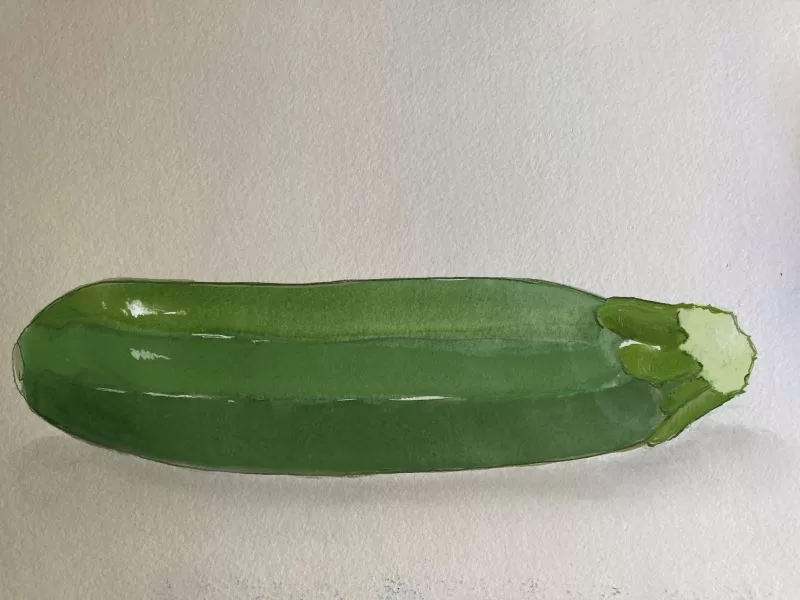
Domesticated squash originated in North America, where various species have been harvested and cultivated for thousands of years. Several different subspecies of Cucurbita pepo, the pumpkin-like ancestor of modern summer squashes, have been found in a variety of archeological sites throughout South and Central America, and Eastern North America. Radiocarbon dating of seeds and rinds of C. pepo found during archeological excavations in Oaxaca, Mexico, in the 1950s and ’60s, yielded an age of between 8,000-10,000 BPE. A study of the data, published in the journal Science in 1997, concluded that the cultivation of squash, “predates maize, beans, and other directly dated domesticates in the Americas by more than 4000 years.”
Although zucchini belongs to the family C. pepo, it was developed in its current form in Italy. According to the International Society for Horticultural Science, seeds of C. pepo subsp. pepo Pumpkin Group, were brought to Italy as early as 1518 and, “By the close of the 16th century, Italians had already selected for long-fruitedness in C. pepo, as indicated by round and elongate young fruits of C. pepo being addressed as separate cookery items by that time.”
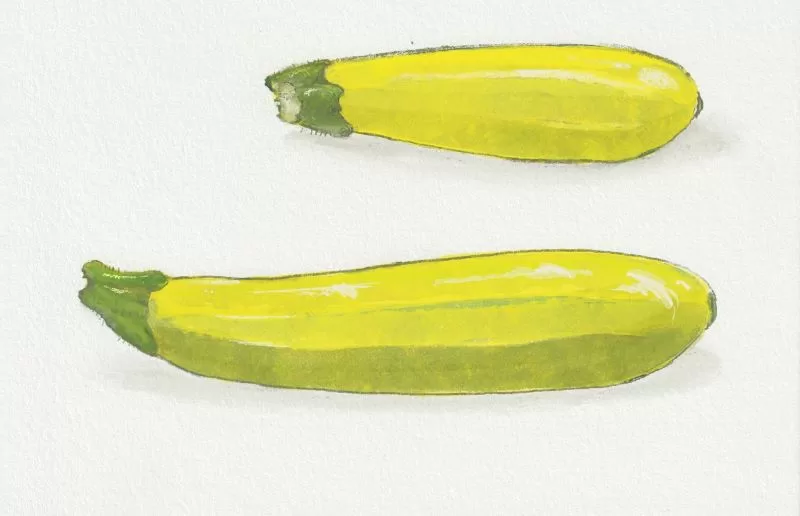
The modern zucchini didn’t appear until the mid to late 19th century. It was hybridized in Northern Italy. Its name means “little gourd” in Italian. Zucchinis have become the most popular summer squash in the U.S.—for many people, the name is synonymous with summer squash of any type.
All summer squash is best picked and eaten when the fruit is still small. Zucchinis have a way of swelling up from tender and delightful to vast, often bitter and barely edible almost overnight. That, combined with the fecundity of this popular garden vegetable, led Pensylvanian Tom Roy to designate August 8 “National Sneak Some Zucchini onto Your Neighbor’s Porch Day.” To celebrate this holiday, one needs only to wait for the cover of darkness to sneak up to one’s neighbor’s door and leave a bag, box, or basket of zucchini.
Just in case zucchini turned up on our readers doorstep this week, and for everyone who is experiencing an abundance of squash in the garden—the kind that start off small and all too swiftly grow to the size and shape of a Nile crocodiles—we are sharing some of our favorite TNT family recipes. Quick, get out there and harvest some, before they take over the canyon, like an army of vegetable Godzillas—or, “Googootz”.
Bon appetit!
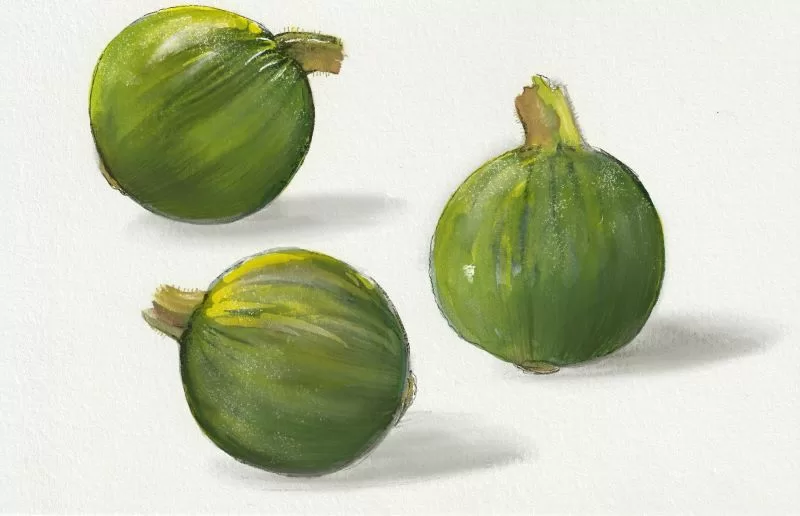
Summer Squash Bisque
I learned to make this recipe the summer I worked as cook and bottle-washer, nanny, chauffeur and goat wrangler at a small ranch in the Santa Monica Mountains when I was an undergraduate. We always had more squash than we knew what to do with, grown in mad proliferation among the roses and canna lilies in a spectacular ocean-view hillside garden. This recipe became a ranch favorite.
Any type of summer squash can be used, but I liked to opt for yellow squash, either crookneck or yellow zucchini—it brings back memories of that halcyon summer. I’ve included the original cream-based recipe and a vegan alternative—both are lovely. This soup makes a perfect summer supper, with a loaf of good bread and a green salad.
4 cups of summer squash, cubed.
2 or 3 large carrots, peeled and diced
3 or 4 celery stalks, chopped
2 large leeks, carefully washed—no one likes sand in their soup—and chopped (just the white part and the tenderest part of the green)
2 bay leaves
2 or four smallish yellow potatoes.
Several springs of fresh rosemary
1 cup grated cheese—preferably Gruyere, but English cheddar works too. This can be omitted for the vegan version.
1/2 cup of sweet Madera or sweet white wine
1/2 cup cream. For the vegan version substitute oat milk, coconut milk, vegetable stock, water, or another half cup of wine.
2 tablespoons of olive oil
2 tablespoons of butter or vegan butter
2 tablespoons tablespoon of flour. For a gluten-free option try sweet rice flour
Salt and pepper to taste
Sauté the carrots, celery and leeks in a couple of tablespoons of olive oil. Cook until the vegetables are just beginning to get soft, but don’t overcook.
Add 6 cups of water, the bay leaves and the rosemary and bring to a boil. Add the squash and the potatoes, bring back to the boil, then turn down the heat and simmer for 15-20 minutes, or until the squash and potatoes are soft. Let the soup cool before pureeing, and make sure to fish out the bay leaves and the rosemary stems. I like to use an immersion blender, but a regular blender or food process works fine, just make sure not to overload it!
The soup is good as is at this point, but it is even better with the addition of the Bechamel sauce. Melt the butter in a saucepan and stir the flour. Before the flour starts to brown, stir in half a cup of Madera or white wine, followed by the cream or cream substitute, stirring constantly to prevent lumps from forming. Gradually add the cheese, stirring until it is melted and completely incorporated in the sauce (omit for the vegan version), then ladle about a cup of the soup into the sauce and mix well, before gently stirring the sauce into the soup pot. Reheat before serving, but make sure to only bring the soup to a simmer, not to a full boil.
Garnish with fresh ground black pepper, or try chopped parsley, or crispy fried sage leaves, smoked paprika, or a simple squirt of hot sauce—a little yuzu ponzu sauce gives the soup a nice zing. This soup tastes even better the second day—just make sure to refrigerate it overnight!
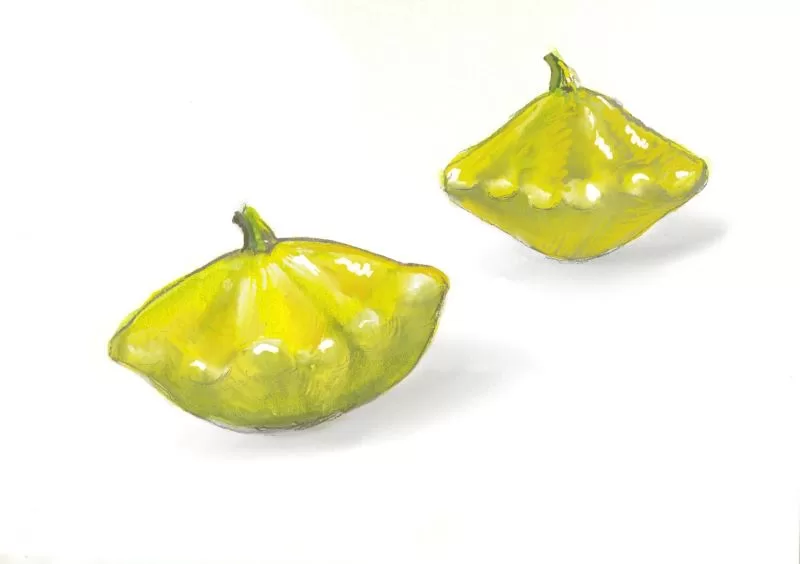
Julia Child’s Zucchini Butter
My family has used this recipe for so many decades that I no longer had any idea where it came from. A little research revealed it is one of the incomparable Julia Child’s recipes. This recipe originated as a side dish, but it works well as a sauce with penne or fusilli, and as a topping for risotto or polenta. Leftovers—assuming there are any—make a great addition to omelets or hash browns.
This recipe is simple and delicious, and it freezes well—a great way to use extra garden zucchini. Thank you, Julia!
The original recipe calls for 3 tablespoons of minced shallot, but my family prefers to use the tender white part of one or two leeks. It also suggests salting the squash and squeezing the moisture out with a tea towel, but we’ve conveniently forgotten that part of the recipe for decades with no ill effects.
4 cups grated zucchini—about three to four pounds
2-4 tablespoons butter or vegan butter
1-2 tablespoons olive oil
Three tablespoons of minced shallot, or
1 or 2 leeks, the white part and the tender part of the greens, sliced.
Salt and pepper to taste.
Sauté the shallots (or leeks) in the butter and olive oil for a few seconds, then add the grated zucchini. Cook gently until the vegetables are fully cooked and starting to have a jam-like consistency—about five to seven minutes. Season with salt and fresh ground pepper to taste.
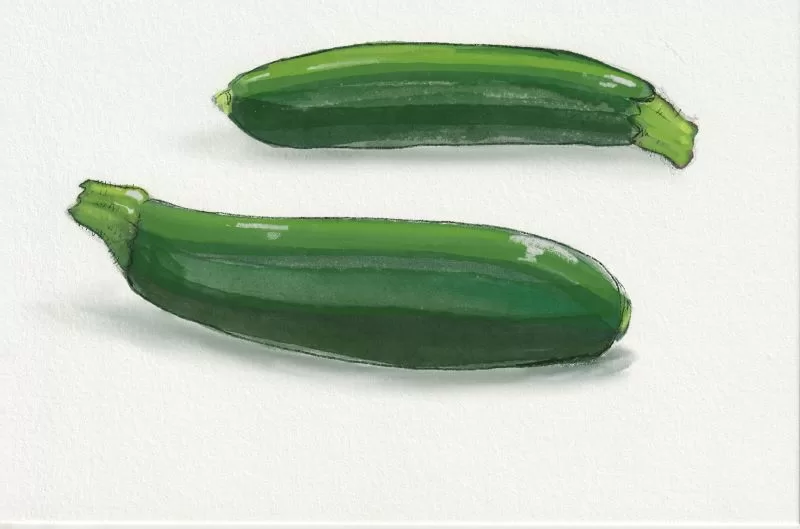
Mom’s Zucchini Quiche
This crustless quiche recipe originated from the back of a box of Bisquick mix in my early days as a new mom. It was a revelation as I had not yet mastered a good pie crust and I was able to present a beautiful quiche (it’s magic!) without the agony of apologizing for the crumbly or too tough undercarriage that had accompanied me on my culinary efforts so far.
In time I came to eschew box mixes of all kinds, a time that coincided with a burgeoning home garden that overwhelmed the kitchen with a bounty of tomatoes that we devoured daily; but, also counters overrun with too many and often too large green and yellow squash of all kinds, patiently waiting to be consumed. My adaptation of the original recipe became a weekly part of the family dinner menus and was a must-bring dish for all family gatherings. For lo and behold! The kids loved it!
A food processor is a great help in assembling the elements of this recipe as it accommodates the zucchini and the cheese using the same equipment without needing to clean in between the two.
Simply prepare the ingredients, mix together in a large mixing bowl (it will resemble a very thick soup) and pour into a baking dish or two (I usually doubled the recipe) and bake until the toothpick comes out clean.
3 cups grated zucchini
1 onion chopped
1 cup flour
1 1/2 teaspoons baking powder
Salt and pepper
1 tablespoon all vegetable shortening or melted butter
4 large eggs, slightly beaten
1/3 cup oil
1 cup grated cheddar cheese
1 tablespoon chopped fresh herbs
Mix all together and bake in greased dish for 30 to 45 minutes at 375 degrees ~ BM
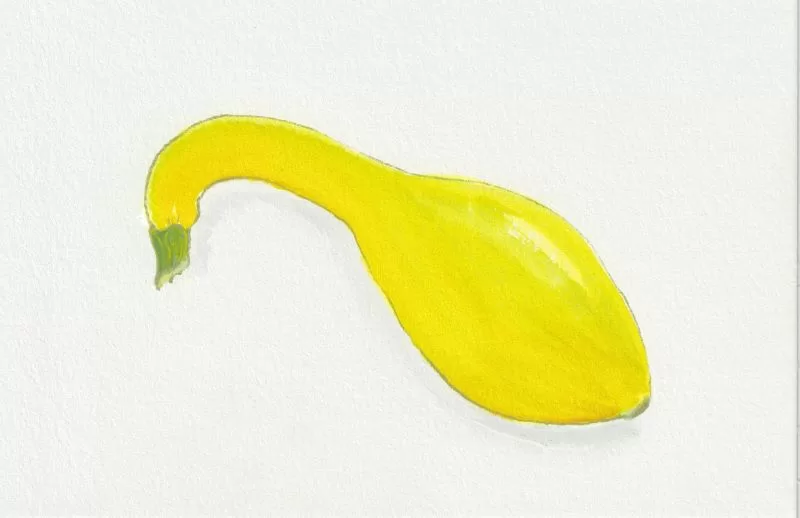
Refrigerator Zucchini Pickles
Pickles of all kinds fill our fridge. It’s a good thing to have on hand for any sandwich-making family and especially good for helping kids pack their own lunches. When I was able to capture a basketful of medium size zucchinis from the vine before they doubled in size overnight it was a good time to make a batch of pickles.
This basic pickle recipe works beautifully with all kinds of other fresh vegetables too, from green beans to peppers, to cucumbers.
Decide on a number of clean, dry mason jars and fill them with a combination of mustard seed, black peppercorns, fresh or dried dill and sliced garlic cloves. The recipe is for about five medium zucchini but the quantities can easily be expanded to accommodate more.
5 lbs. zucchini, medium-sized.
18 fresh dill sprigs
10 garlic cloves,, peeled and halved (2 halves per jar)
4.5 teaspoons black peppercorns, (½ teaspoon per jar)
4.5 teaspoons mustard seeds, (½ teaspoon per jar)
3 teaspoon dill seed, (¼ teaspoon per jar)
FOR THE BRINE
7 cups water
3 cup distilled white vinegar
¾ cup sugar
6 tablespoons coarse sea salt or kosher salt, (not iodized as it tends to discolor the zucchini)
Wash your zucchini; trim and discard ends and slice into rounds.
Divide the seasonings between 3-4 clean pint-sized mason jars. Divide the zucchini and dill sprigs evenly between the jars.
Combine all brine ingredients in a medium saucepan, bring the mixture to a boil and then remove the pan from the heat and carefully pour the hot brine into the jars over the zucchini and fresh dill. Fill to the top of the jar, leaving about ½-inch of head space.
Firmly screw on the lids and shake the jars to distribute the spices. Allow the jars to cool for 30 minutes. Then, refrigerate the pickles for 24 hours or more before eating. They will remain crisp and delicious for about two to three weeks–if there are any left that long! ~ BM
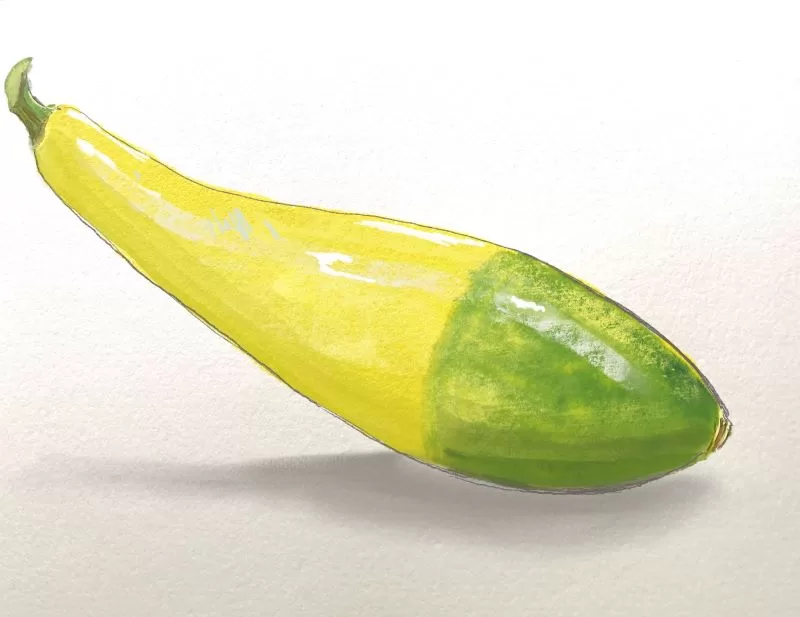
I Still Have Zucchini Left!
There is a reason August 8 was named National “Sneak Some Zucchini on Your Neighbor’s Porch Day” The zucchini are peaking in the garden and our palates are screaming “not again”. There are, however, some other uses for zucchini that can spread the joy without tiptoeing through your neighbor’s garden.
Zucchini is an important base (along with eggplant) for ratatouille. Yes, it sounds a bit exotic but this Mediterranean goulash is a wonderful vegetarian dish redolent of garlic and spices. It is cooked a bit differently depending on the region and the cook as well as the ingredients on hand.
Roasting zucchini heightens the sweetness of the vegetable and is wonderful whether in the oven or directly on the grill. It pairs beautifully with onions and bell peppers, alongside meat or fish or portabello mushrooms.
Don’t forget: chopped or sliced zucchini can be frozen in zip-lock bags for future winter meals.




